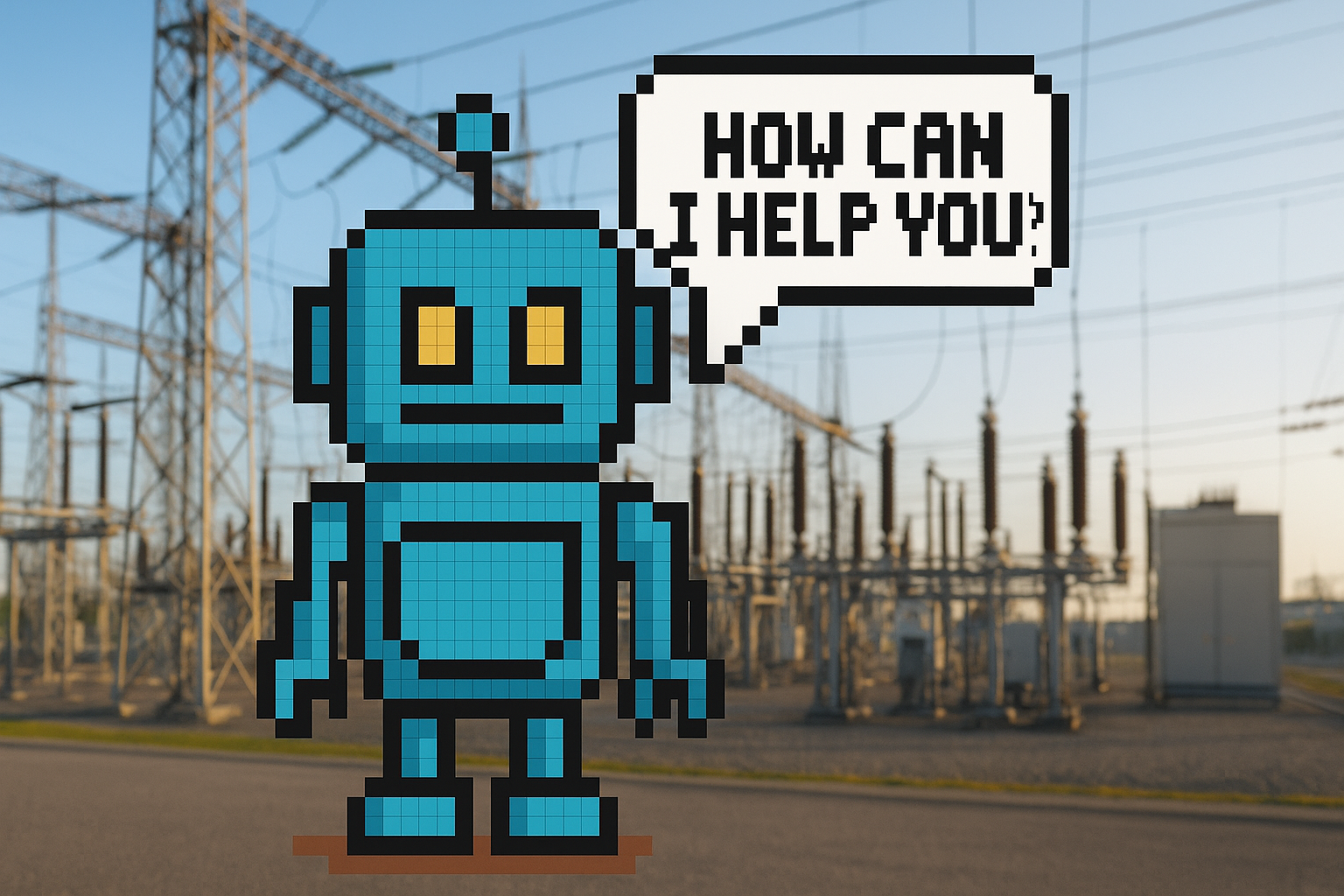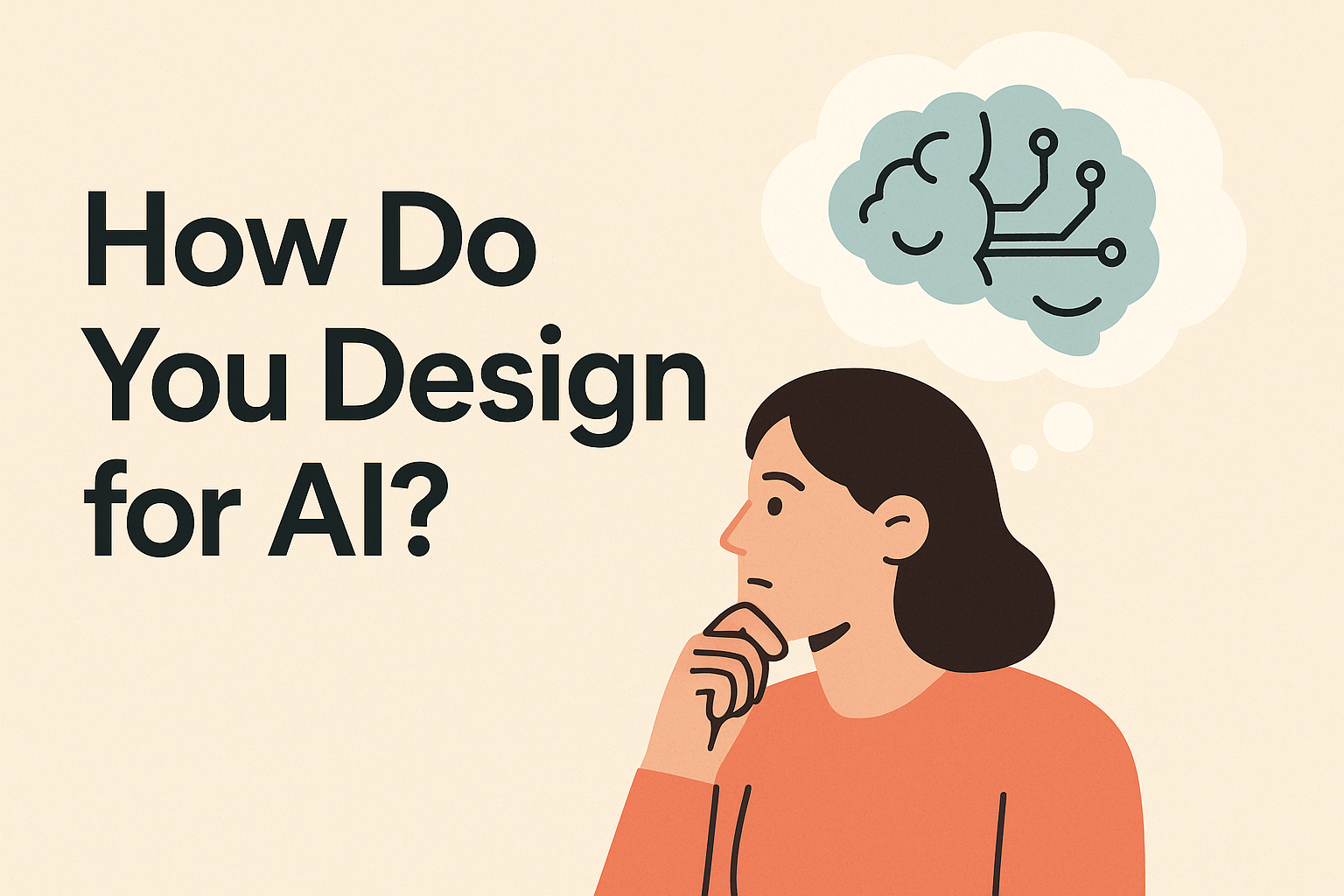“We weren’t just designing automation—we were designing a conversation that had to feel human.”
The Human Side of AI
As a Product Designer focused on service and innovation, I took on a challenge that went far beyond the screen—designing an AI-powered virtual assistant for the utility company Georgia Power, a project I explore further in the full case study.
People weren’t just checking balances—they were reporting outages, moving homes, or trying to resolve billing issues under stress. These weren’t abstract use cases—they were high-stakes moments where clarity and empathy mattered just as much as efficiency.
The promise of AI was clear: reduce strain on call centers and improve response time. But success hinged on how well the experience worked for the people using it. The assistant couldn’t just be functional—it had to be trustworthy, intuitive, and human-centered.
Grounding Design in Real Life
To make that happen, we started with deep research. I spoke with customers, listened to service calls, and mapped internal workflows. We weren’t gathering requirements—we were uncovering friction.
Where were people getting stuck? What language did they use? What did a smooth experience actually feel like to them?
From this, we developed flows rooted in real-world intent, not assumptions.
“Designing a great assistant starts with listening, not scripting.”
Conversations as the Interface
There’s no navigation bar in a conversation. No tab structure. No screen to orient a user. The interaction unfolds one moment at a time, and every response needs to anticipate where the user might go next.
We introduced intent chips, pre-populated replies, and structured prompts that guided users without boxing them in. We also shaped a voice that was confident but supportive, friendly without being casual.
Even seemingly small phrases—like “Sure, I can help with that”—were refined to strike the right balance between professionalism and warmth.
Enhancing the Foundation, Not Reinventing It
This assistant wasn’t built from scratch. It was a powerful off-the-shelf platform that we adapted for a utility use case. That meant our job wasn’t about rebuilding—it was about aligning the system to real-world expectations and behaviors.
We focused on what wrapped around the core: entry points, fallback flows, escalation logic, and error handling. Those layers made the difference between something that simply functioned and something that truly supported people.
Making the Assistant Discoverable
Even the smartest assistant can’t help if users don’t know it exists—or aren’t sure what it can do. We designed intuitive entry points across the site and mobile app to meet users where they were most likely to need help.
We tested different placement strategies, entry language, and visual cues to make engagement feel natural, not intrusive. From subtle “Need help?” nudges to proactive onboarding messages, we worked to reduce friction at the moment of need.
We also crafted a short, clear welcome flow so users knew what the assistant could help with—or when to ask for a human.
Cross-Functional Collaboration and Leadership
I led the product design direction across a multi-disciplinary team, collaborating closely with engineers, AI specialists, and internal stakeholders. Together, we grounded the assistant in policy, implemented fallback logic, and created escalation paths that felt seamless and intuitive.
This wasn’t about perfecting scripts—it was about building a flexible, responsive system. We treated the assistant like a live service, not a static tool.
“You can’t design AI in a vacuum. You have to co-create with engineering from day one.”
Testing in Motion
Because AI is dynamic, static mockups weren’t enough. We created working prototypes and observed how users actually moved through them.
People paused where we didn’t expect them to. They gave too much information—or too little. They asked the assistant questions we hadn’t planned for. Each test round gave us opportunities to rethink flows, reword prompts, and refine transitions.
We made significant improvements within the first 3 months. And the results showed:
- 23% reduction in average customer support handling time
- 18% increase in successful task completion without escalation
- 26% drop in repeat contact volume
Designing for Emotion, Not Just Efficiency
Many interactions with a utility assistant happen during stressful situations: unexpected outages, confusing bills, or moving into a new home. We recognized early on that speed alone wouldn’t solve these problems—empathy had to be built into the experience.
That meant choosing language that reassured without sounding scripted, building flows that acknowledged urgency, and always offering a visible way to escalate. The goal wasn’t to sound human—it was to make users feel understood.
Designing for Trust—and Protecting It
One of the clearest lessons from this project: trust is everything. People may not remember the exact words a virtual assistant used—but they absolutely remember how it made them feel.
That’s why we built in transparency from the start. We clearly defined what the assistant could and couldn’t do. We made escalation easy and obvious. We ensured the tone signaled calm confidence, not scripted cleverness.
We also put ethical guardrails in place to ensure the assistant never overpromised, didn’t pretend to be human, and stayed grounded in accurate, policy-aligned information. That attention to integrity was critical to long-term adoption and trust.
“With AI, every moment is a chance to either build confidence—or lose it.”
What This Taught Me About AI and Design Leadership
This work shaped how I think about the role of product design in emerging technologies. Leading the assistant’s design required me to bridge the gap between engineering, brand, policy, and real-world behavior.
It reinforced the importance of multidisciplinary collaboration, rapid testing, and staying close to the end user—even in fast-moving, AI-driven projects.
I now carry those lessons into every new challenge: the value of clear guardrails, strong principles, and designing not just for features—but for feelings.
Looking Forward
This wasn’t just a feature launch. It was a shift in how a utility company serves its customers during their most vulnerable moments.
The assistant played a key role in the company’s broader strategy to move toward scalable self-service and reduce support center costs—while still delivering personalized help.
This work stretched my thinking about systems, language, behavior, and the role of design in emerging technologies. And it reinforced something I deeply believe: designing with AI isn’t about replacing the human experience—it’s about delivering it more effectively.
“This project changed the way customers interact with their utility—and it changed the way I think about the future of design.”
When we approach AI with curiosity, clarity, and care, we don’t just build useful products.
We build trust at scale.



